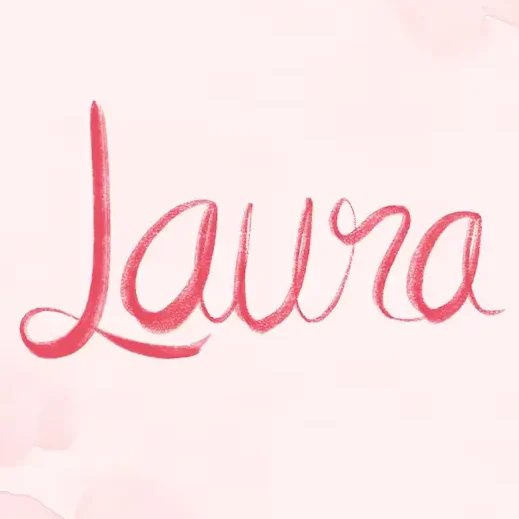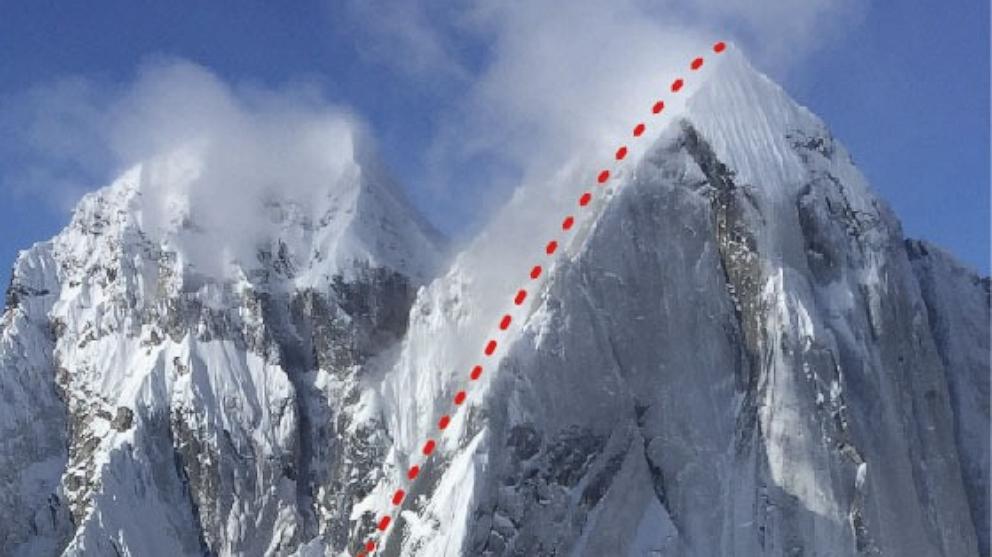As hundreds of thousands of football fans descend on Las Vegas for the Super Bowl this weekend, many Native American football fans will be bracing themselves for a familiar scenario they know, well, all too well — that is, tomahawk chops, plastic feather war bonnets and non-Native people beating a drum mimicking the same instrument used in sacred tribal ceremonies and celebrations.
That’s because going head-to-head Sunday with the San Francisco 49ers is a team that represents the last NFL holdout — and one of three remaining professional sports teams — to use Native American imagery in not only its team name but also its in-stadium practices: the Kansas City Chiefs.
Coinciding with the team’s entry into football’s biggest game, filmmakers Ben West (Cheyenne) and Aviva Kempner have released their documentary Imagining the Indian: The Fight Against Native American Mascoting on Apple TV, Amazon Prime Video and DVD in hopes of tackling a fraught issue in Native communities and combating the long-held notion that Native-themed mascots are “honoring” the people who are simultaneously fighting for their demise.
“It’s almost as if people are Native-splaining to us: ‘Oh no, you don’t understand. We’re honoring you,’” West told Yahoo Entertainment, riffing on the term “mansplaining.” “No, you don’t get to tell me as a Native person what it means to be honored.”
The late Yocha Dehe tribal chairman Marshall McKay echoed those thoughts in the film. “That to me is not honoring someone,” he says of the racially charged rituals and mascots in sports leagues. “That to me is demeaning.”
While Kempner herself isn’t Native, she acknowledged the need for education in non-Native communities, which inspired her to make the film.
“I’m like the second half of the audience, which is, the non-Native population needs to learn about all these issues,” she told Yahoo Entertainment.
Kempner and West’s film, which was released on Feb. 6, features many other prominent voices in the Native community — including Secretary of the Interior Deb Haaland (Laguna Pueblo), activist Suzan Shown Harjo (Cheyenne/Hodulgee Muscogee) and historian Philip J. Deloria (Dakota/Standing Rock Sioux) — discussing not only the history of these images in American media and sports but also their effect on them personally and the broader Native American community.
“The way people see us affects the way people treat us,” Ray Halbritter, Oneida Indian Nation representative, says in the film.
Rhonda LeValdo (Acoma Pueblo), an activist and founder of racial justice organization Not in Our Honor that protests at the Kansas City team’s home football games, told Yahoo Entertainment that the Native mimicry extends beyond the confines of the Chiefs’ Arrowhead Stadium.
“It’s pervasive, where [fans] do the chop,” said LeValdo, who is featured in the film. “They do it at basketball games, football games. They’ll do it at concerts, they’ll play it on the radio, they play it on the grocery store [announcements]. It’s everywhere.”
Not only have actions and imagery like the tomahawk chop and non-Natives dressing up in fake headdresses affected her as a Native student and advocate, but, LeValdo said, she’s also seen its effect on children.
“There’s a big Native American population here in Lawrence [Kan.], and they’re impacted by it as well. I’ve heard parents talk about how their students play in sports, and they’re heckled by it.”
Even the American Psychological Association has weighed in, recommending the retirement of Native American mascots.
“These mascots are teaching stereotypical, misleading and too often, insulting images of American Indians. These negative lessons are not just affecting American Indian students; they are sending the wrong message to all students,” according to former APA President Ronald F. Levant.
“American Indian mascots are harmful not only because they are often negative, but because they remind American Indians of the limited ways in which others see them,” wrote Stephanie Fryberg (Tulalip), a psychologist and researcher, in the APA’s recommendation.
Trying to gain Swift’s support
Native fans have even appealed to Taylor Swift, who is currently in a relationship with Kansas City tight end Travis Kelce, to stand up for the team.
LeValdo has checked videos and said that she has never seen Swift do the chop, interpreting that to mean that Swift “obviously knows it’s wrong.”
“We’ve made signs that we’re going to be printing out that say, ‘Taylor Swift doesn’t do the chop. Be like Taylor.’ Yeah, we’re riding the wave. I just wonder if she’s had that conversation with Travis Kelce,”she said.
A representative for Swift did not respond to Yahoo Entertainment’s request for comment.
Where did the Kansas City team name come from?
The team name originated in 1963, when Harold Roe Bartle, Kansas City’s mayor at the time who was often referred to as “Chief,” helped bring the team from Dallas to Kansas City, Mo.
However, Bartle was a non-Native man who had created the Mic-O-Say “tribe” of Boy Scouts in 1925 and encouraged scouts to dress in Native-themed regalia and wear face paint, according to Indian Country Today. He claimed to have been “inducted into a local tribe of Arapaho people” and given the name Chief Lone Bear.
In the years that followed, many non-Native Kansas City fans have insisted on imitating his actions, calling it “tradition” to dress up like what they believe a Native American to be.
Native advocates in the film say that this behavior is exactly what they’re trying to combat — the stereotypical, racist and often cartoonish images of Indigenous people that have been seen in film, TV and beyond that depict Native people through a non-Native lens and reflect a rampant lack of education when it comes to the community. This perception extends to the fans and their behavior, which organizations like the APA report negatively affects Native people.
“I was going to school, and the teacher had talked about the first Thanksgiving with the pilgrims and the Indians. And I was so excited, so I raised my hand and was like, ‘Oh, I’m an Indian.’ And my teacher said, ‘Oh no, honey, you’re not. Indians are extinct,’” Cherokee actress DeLanna Studi says in the film.
“If you think a group doesn’t exist, do you have to worry about hurting their feelings?” Fryberg added in the film.
What role has Kansas City and the NFL played?
While the Washington football team changed its name to the Commanders in 2022 after years of using a dictionary-defined racial slur as its team name, Kansas City has made less-overt efforts at curbing racial insensitivities.
As of 2020, the team has banned headdresses and face paint that reference or appropriate “American Indian cultures and traditions,” according to the team’s website.
However, LeValdo and Gaylene Crouser (Standing Rock Sioux), executive director of the Kansas City Indian Center community organization who is also featured in the film, say they have seen people walking into the stadium with both.
“We see people all the time walking past us while we’re standing out there protesting,” Crouser told Yahoo Entertainment. “They still have headdresses on.”
“No one’s policing it,” LeValdo added. “And they have [end racism] painted in the field.”
The NFL replaced this messaging with “Play Football” in 2023.
While the Kansas City team hasn’t banned the Arrowhead Chop or removed the Drum Deck, it says on its website it is “engaged in a thorough review process.”
The Kansas City Chiefs did not respond to Yahoo Entertainment’s request for comment, nor did the NFL.
‘We are not OK with this’
“It’s up to Native peoples to own their own images, to own their own words, and to be able to own their own feelings,” Joely Proudfit (Luiseño/Payómkawichum, Tongva), a California State University professor, explains in the film. “It’s just a longstanding legacy of demonizing, or demoralizing, a people so that another population can feel OK with what they did.”
LeValdo agreed and worries about the continued perpetuation of harmful and racist Native imagery on such a huge stage.
“The Super Bowl is going to be played all over the world, for another generation of people to see this and think we’re OK with it,” she told Yahoo. “And that’s the problem. We are not OK with this. They think it’s our stamp of approval. And it’s not my stamp of approval.”
Imagining the Indian: The Fight Against Native American Mascoting is available to stream on Apple TV and Amazon Prime Video.

Laura Davis is an entertainment aficionado who delves into the glitz and glamour of the entertainment industry. From Hollywood to Broadway, she offers readers an insider’s perspective on the world of movies, music, and pop culture.






